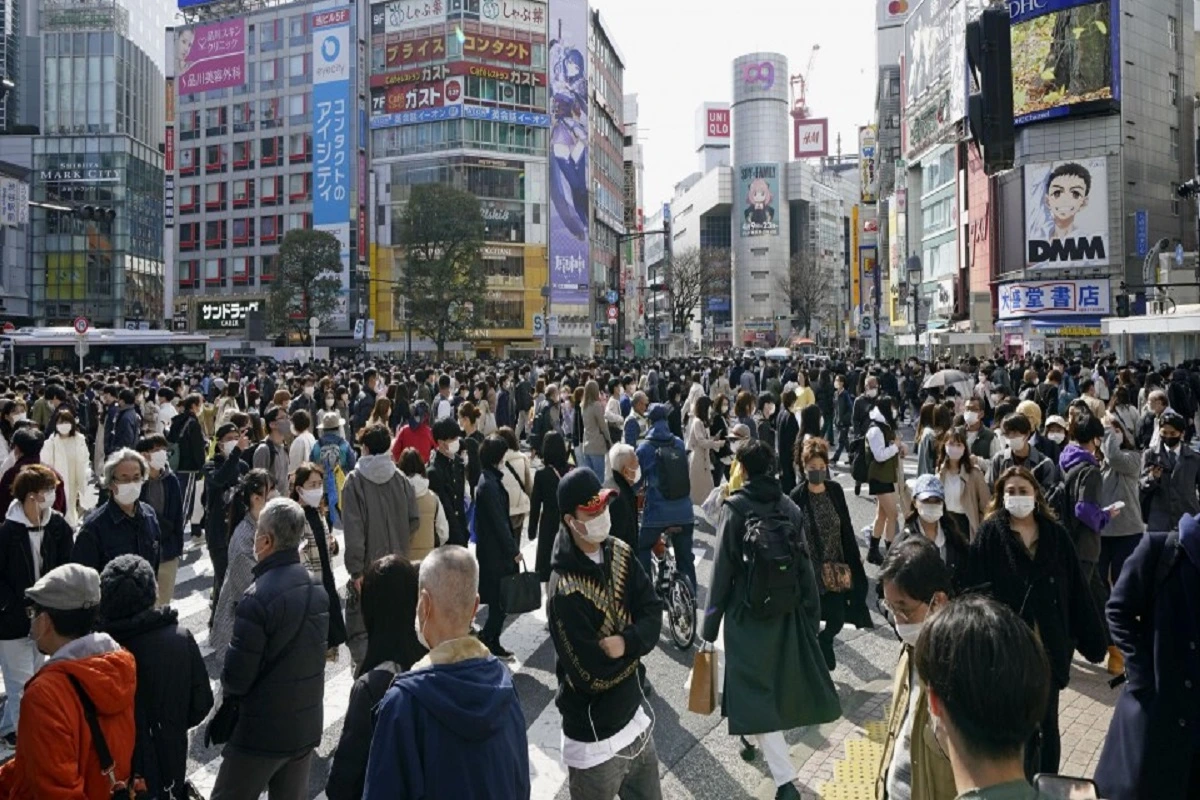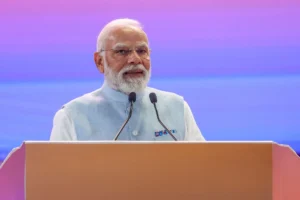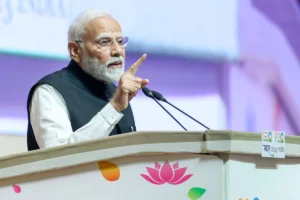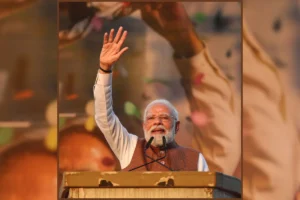
Symbolic picture
Is Japan really going to vanish from the face of the earth in the coming years? The question is both surprising and concerning because it pertains to Japan. Such a statement about a country that has the tenacity to rank as the world’s third-largest economy despite facing terrible natural disasters such as tsunamis, earthquakes, and volcanoes on a regular basis can undoubtedly be interpreted as a warning sign. Surprisingly, the danger has not come unexpectedly this time but has been summoned by Japan’s citizens, who have repeatedly stood up and rescued themselves from destruction.
Masako Mori, Prime Minister Fumio Kishida’s advisor, made the staggering statement. She believes that if Japan does not reverse its declining birth rate, it will perish. It’s fascinating that, while the rest of the world is concerned about population growth, Japan’s declining population is causing problems for the country.
Mori has cited a report claiming that there were just under 8 lakh births in Japan last year, compared to approximately 15.8 lakh deaths. Japan’s population has fallen by more than 34 lakh people since 2008, to 12.46 crores from a peak of 12.8 crores. The most concerning aspect is that the rate of decline is increasing. As a result, while Japan’s elderly are growing, its child population is decreasing. This has led to a crisis in both social security and the economy, as the required young labour force is diminishing. If there are not enough young people to join the army, the country faces a foreign takeover.
If conditions do not improve, Japan’s people may face an even more tumultuous period with extremely painful living conditions. To avoid this, the Japanese government is encouraging its citizens to have more children. A plan to provide parents with both time off and significant financial incentives for raising children is being seriously considered.
Two years ago, similar news came from China. Since the 1980s, the implementation of a one-child policy has increased the proportion of elderly people in the population while decreasing the number of women in the sex ratio. Taking this into consideration, the Chinese government revised its one-child policy in 2016 to allow families to have two children. Then, in 2021, it enabled the option for citizens to have three children by providing additional incentives. However, these efforts to overcome China’s unprecedented crisis as a result of decades of strict population control are proving insufficient. For the first time in 60 years, China’s population has experienced negative growth, which means that more people are dying than are born.
Xi Jinping’s regime’s demographic challenge is compounded by changes in the mindset of its people. In China, there are currently 11 men for every ten women. There are more elderly people in China, as in Japan, but assuming a similar gender ratio among young people, it is clear that one young man out of every 11 in China is having difficulty finding a partner of the same age. China’s social values are also changing. Many surveys have revealed that most Chinese women no longer want to have children due to a more career-oriented approach and lavish lifestyle. According to data from the China Population and Development Research Center, the proportion of women without children has risen from 6% in 2015 to 10% by 2020. India is the world’s second most populous country after China.
According to a United Nations report, we will surpass China to become the world’s most populous country by mid-April of this year. For decades, we have made concerted efforts to slow population growth. Unlike China, however, we have prioritised awareness and a voluntary approach to family planning over strict measures. It is expected that our population will continue to grow for the next four decades before levelling off. According to the Oxford University database ‘Our World In Data’, India’s population will start decreasing from 2066. However, India will remain the world’s most populous country until the end of the century, with 153 crore people, while China will have 76.6 crores. Because India continues to prove fears of a “demographic disaster” wrong, having a population larger than China does not appear to be cause for concern.
At the moment, 47% of India’s population is under the age of 25. This means that one in every five people under the age of 25 in the world is an Indian. Approximately two-thirds of India’s current population was born after the 1990s when the country began economic reforms. According to the Pew Research Center, the average age in India is 28, compared to 38 in the United States and 39 in China. This means that our population is currently a decade younger than that of China and the United States, giving us a unique opportunity to shape the next decade. Furthermore, the proportion of Indians aged 65 and up will remain below 20% until 2063, and it is not expected to reach 30% by 2100. Therefore, India will continue to benefit from its youthful population in comparison to other countries that are rapidly ageing.
On a social level, India does not face the same issues as China, as the government’s efforts to improve the gender ratio have resulted in steady progress. India is on the verge of achieving a gender balance, with nearly equal participation of men and women in the population.
On a global scale, experts have already begun to issue warnings that China’s shrinking youth population will affect its production capacity and have a significant impact on the global economy. With over 51 crore youths, India, on the other hand, has the potential to lead the country forward in the next phase. If these young people remain healthy, educated, empowered, and capable, our ambition to become a world leaders will be realised.




















